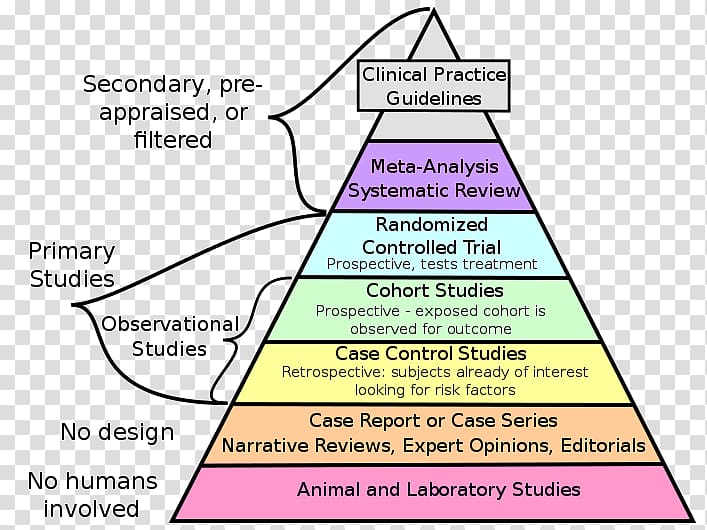Table Of Content

The Center for Health Design developed the Pebble Project,[51] a joint research effort by CHD and selected healthcare providers on the effect of building environments on patients and staff. Health Environment Research & Design journal and the Health Care Advisory Board[52] are additional sources of information and database on EBD. Prior to the EBM-SDM training course, most junior doctors’ attitudes toward EBM were focused on the knowledge they could acquire for decision-making, research, and benchmarking their performance, such as “recommendations that are based on that evidence to inform medical decision-making” (J3). After the course junior doctors were keen to practice their new EBM skills that had expanded to include finding and using evidence to explain care issues to patients. “It [explaining evidence] really makes them [patients] feel as though they’re being actively involved in the actual details of their specific case” (J3).
Publications & Products
The junior doctors were on a single-term rotation, where they spent one year at the private hospital before returning to rotations in the public hospital system. Junior doctors could also take part in educational activities outside of their supervision with consultants, including the EBM-SDM course, to acquire and practice new skills. As medicine has become increasingly evidence-based, healthcare design uses EBD to link hospitals' physical environments with healthcare outcomes. A lack of prior learning and practice of EBM and SDM concepts among this sample of junior doctors echoes previous calls for improved basic and ongoing training in EBM and SDM skills [8, 55].
EDUCATION
“There have been a lot of tests and statistics on environments in general — about humans using a space, not just in terms of learning — and how environments affect people in terms of how we think, our blood pressure and more,” says Fabelo. Controlling those emotions can affect capturing a child’s attention in a learning environment.” For example, you may want to use red in high-energy spaces and blue in more relaxed spaces. In an effort to remain competitive and relevant in an ever-changing industry, more professionals are choosing to become EDAC certified. As a result, there is an increase in clients requesting and utilizing the evidence-based process for their projects. Through a research-driven approach, many tools are available that allow our team to collaboratively work with and engage in the design process so that essential insight can be garnered and developed into an operational process that meets the project’s goals.
Meta-analysis template for literature review
Some educators and practitioners have identified the potential benefit of incorporating the principals of SDM into EBM training, so that education centers on the patient as well as the evidence [9, 10]. However, very few published studies provide empirical data on how this can be successfully done [8, 11]. In an Australian study, researchers ran a single EBM-SDM workshop for medical and allied health student-clinicians [12], where SDM was introduced as part of the students’ compulsory EBM course. In this study, participants who underwent SDM training in addition to reading SDM material scored significantly higher on measures of ability, attitudes, and confidence in incorporating SDM into EBM when compared to participants who read SDM material alone. In a more recent study, researchers from the same institution conducted a half-day EBM-SDM workshop to train primary care practitioners in using SDM with EBM to improve decision-making for patient care [13].
Quality Outcomes
We review and translate thousands of research articles, saving you time, while creating a bridge between the worlds of research and design practice. Ten junior doctors planned to increase their communication and person-centered care skills after the EBM-SDM course, for example, using EBM to find evidence that reassures a patient; skills that could be implemented now and expanded later to incorporate SDM. The intent of this thesis is to provide an introductory guide for interior designers wishing to conduct research on various aspects of the built environment. It is tailored toward designers working in the healthcare field, but the concepts discussed can be translated into any realm of interior design or architecture. Utilizing tools such as existing research, post-occupancy evaluations, and interviews all help to hone in on an ideal, personalized design.
Patient Satisfaction
Improved ergonomic designs of patient beds, assistive equipment, and workstations reduce stress and injuries among staff. Wayfinding.Disorientation in built environments is embarrassing and stressful, wastes time and, in some cases, is even fatal. One study estimated the cost of confusion in a large regional hospital to be at more than $220,000, much of which was in the hidden cost of staff time spent giving directions (4,500 hours—the equivalent of more than two full-time employees). Theorizing in response to our work at Kahler Slater, I propose that the healing environment construct be defined as a multisensory setting that engages the physical, emotional, spiritual, and social dimensions of the individual for the purpose of restoring and maintaining health and well-being. Consistent with the guidelines of supportive healthcare design4,5, a healing environment maximizes an individual’s control over the environment, supports one’s social network (i.e., thoughtful accommodations for families and visitors), and affords unrestricted access to nature and other positive distractions. All of these design details are based on both research and the experience of hospital staff and patients.
Transforming Hospitals - Agency for Healthcare Research and Quality
Transforming Hospitals.
Posted: Sat, 24 Aug 2019 12:07:48 GMT [source]

Evidence-Based Design Accreditation and Certification (EDAC) is an internationally recognized certification that ensures your design professionals have a method for developing design solutions that are based on research to help achieve your goals. At EBD, our ambition is to refocus architectural thinking on the person and refine the concept of what data might be. A single story can be data and, in sufficient quantity, that data can become evidence. The problem for design professionals is that such evidence is not readily available outside of the realm of academia, and it is not often gathered with the act of design in mind—it requires filtering and interpretation—and that is where EBD comes in. Well, after a recent US study (2018) into the impact of hot-air hand dryers on the spread of bacteria, you have an answer, and you will never look at a dryer in the same way again.
Evidence-Based Design for Indoor Environmental Quality and Health
These tools influence the overarching design concept and lead to positive outcomes such as reduction of stress and anxiety and improved efficiency of staff. Driven by enormous advances in ICT, the world is experiencing a period of unprecedented social change—one that has placed extraordinary demands on our built environments, and on our understanding about how they work for the people that actively occupy them. The impact of social interaction on our health and sense of wellbeing is now also recognised as a significant driver in the design of new environments and the need for ongoing research. Hospital executives planning or executing a major capital construction project or minor renovations can use the information presented in this video to help identify how evidence-based design can improve the quality and safety of their hospitals' services.
Public open space
GF and LAE are allied healthcare professionals by background and researchers who drew on their clinical and research skills and perspectives to interpret the interview data. AD and MSt are neurosurgeons with experience in training junior doctors and an interest in medical education and teaching EBM. The EBM-SDM training course took place at an integrated academic health sciences center (MQ Health) on an urban university campus, comprising a university-owned private hospital and specialty outpatient clinics [28]. In the Australian setting, junior doctors include new graduates or interns, residents undertaking prevocational training, registrars who are either accredited with a specialty training program or unaccredited, and fellows who have completed specialty training and are seeking sub-specialty training [29]. The EBM-SDM training course consisted of four 90-minute meetings, and covered all steps of the EBM process and the principles of SDM that are incorporated into the fourth EBM step.
Technical systems, such as heating, ventilation and air-conditioning, have interrelated design choices and related performance requirements (such as energy use, comfort and use cycles) are variable components. In New Zealand, a landmark review [24]was supported by the Ministry for the Environment. The study categorised the evidence as conclusive, strong, suggestive or anecdotal, and also noted the difficulty of establishing causation since various design elements may be found in combination with other features. The authors state that urban design is context-specific and cautions against automatically adopting what works elsewhere in New Zealand.
Mistake-Proofing the Design of Health Care ProcessesSynthesizes more than 150 practical examples from real world health care on using process or design features to prevent medical errors. Reducing noise, providing more privacy, and making it easier for patients to find their way though the hospital can all improve patient satisfaction. Windows.Patients in rooms with windows, particularly windows with pleasant views to nature, have shorter recovery times and fewer complications, and request less pain medication. Employees with access to windows and nature views experience less stress, better health, and higher job satisfaction.
“Research also indicates that, in an average classroom in the United States, students hear 75 percent of what’s said. And research indicates a link between a well day-lit space and improved test scores on standardized reading and math tests. Predictable, or not, reliable information about anthropospatial behaviour can inspire new thoughts and ideas. A 1984 study by Roger Ulrich found that surgical patients with a view of nature suffered fewer complications, used less pain medication, and were discharged sooner than those who looked out on a brick wall; and laid the foundation for what has now become a discipline known as evidence-based design. This study, “View Through a Window May Influence Recovery from Surgery,” has been one of the keys and foundations of Evidence-Based Design development. While much of the research of Evidence-Based Design (EBD) has been focused on creating healthier Hospital Designs, Architectural Medicine strives to promote these built environment benefits for the larger spectrum of Architecture to include all built environments.

No comments:
Post a Comment